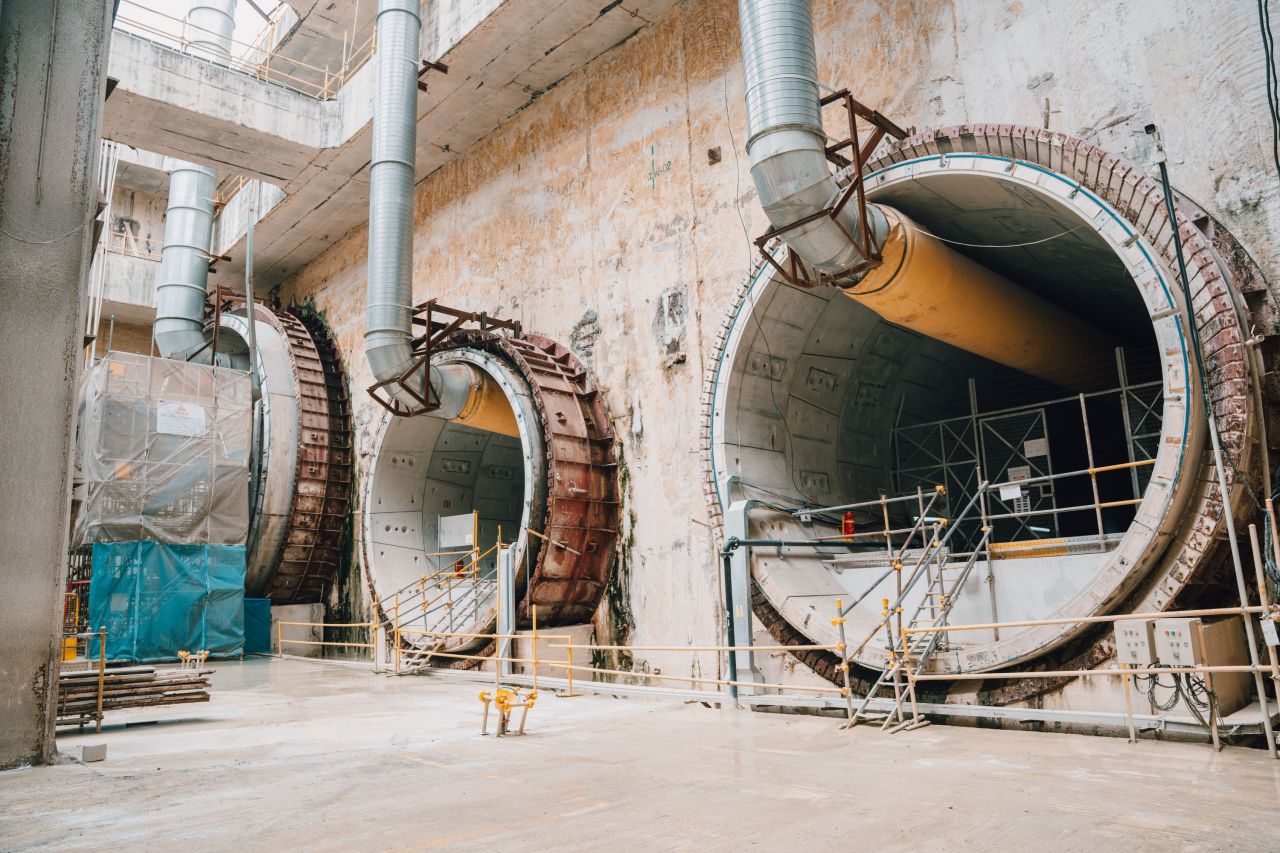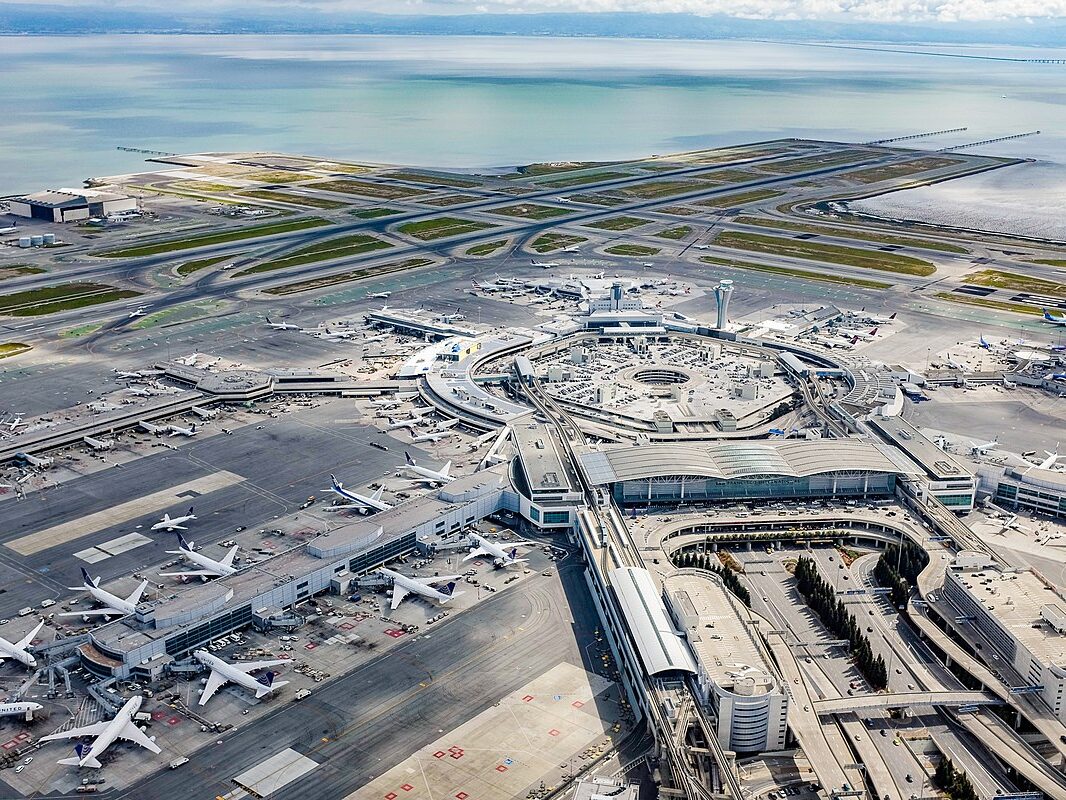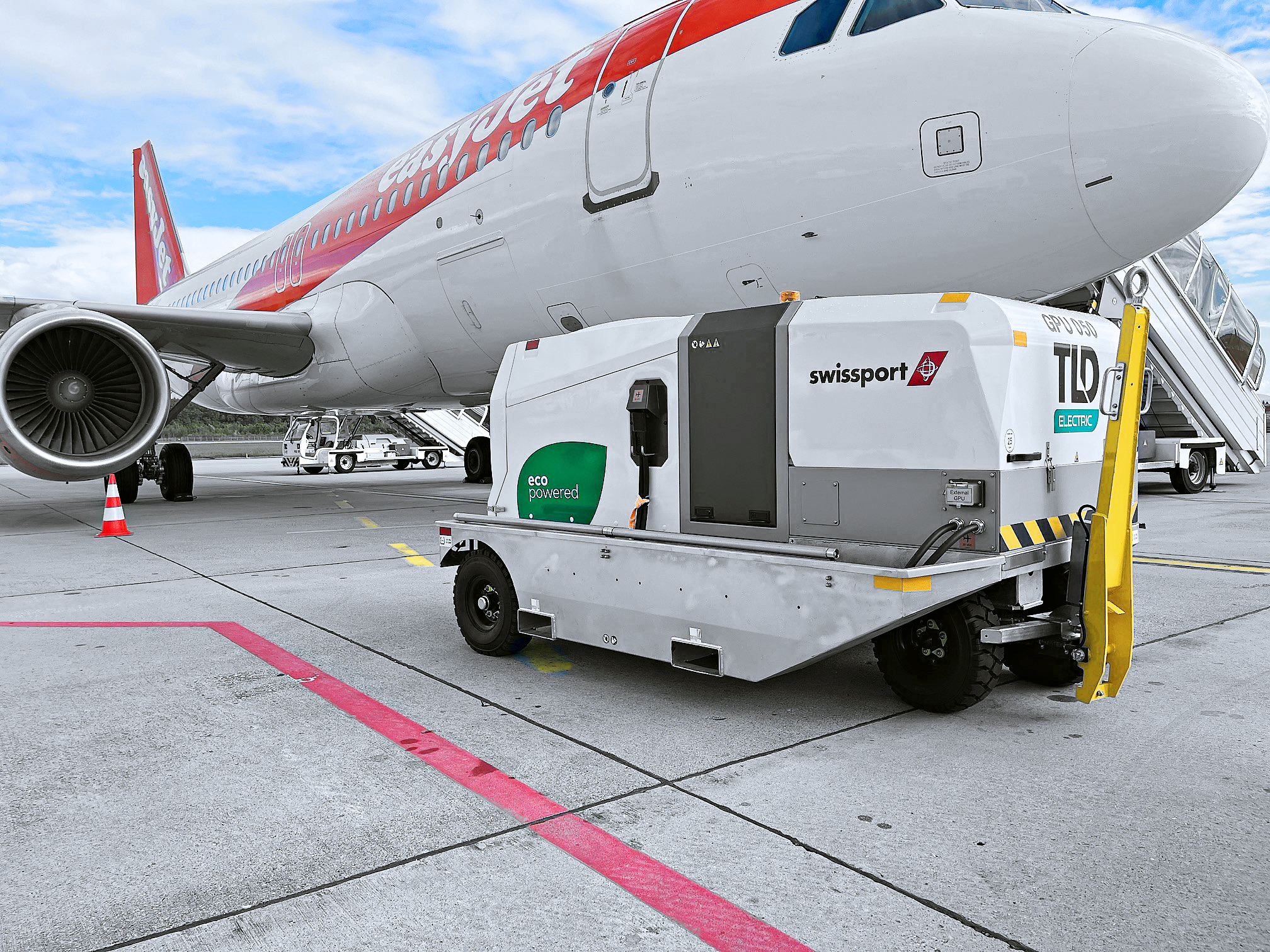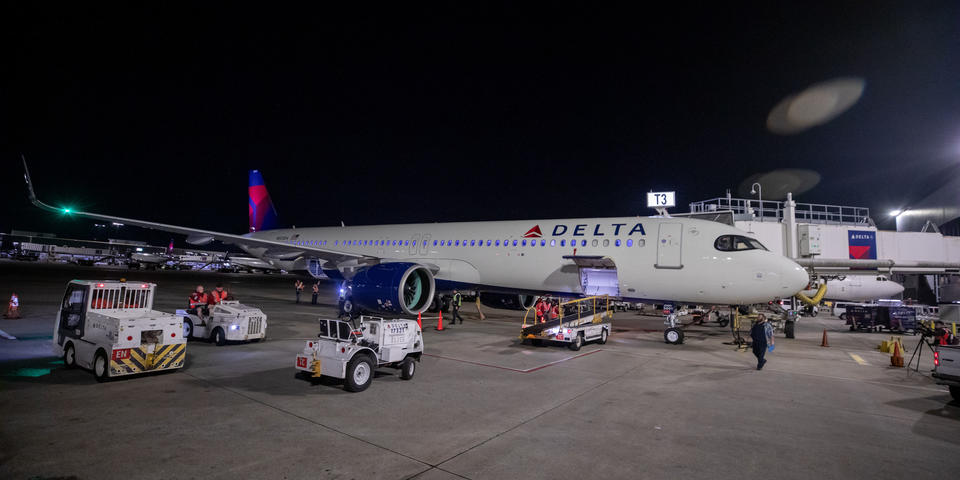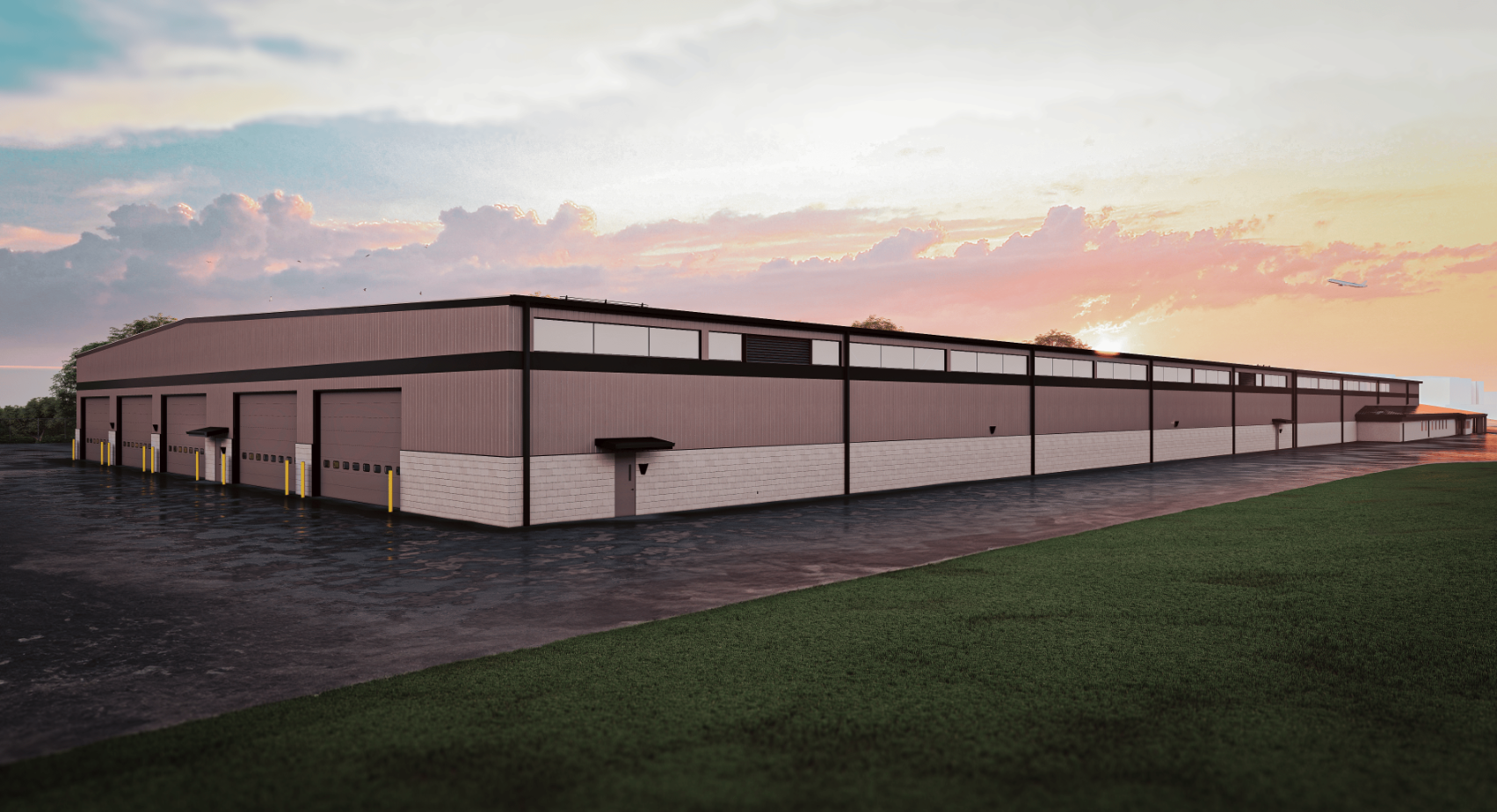From 15-16 May, the Sustainable Skies World Summit 2024, hosted at Farnborough International Exhibition and Conference Centre, examined the progress and challenges of decarbonising the aviation industry.
As part of this discussion, the event explored the infrastructure requirements for airports to support future aircraft, such as hydrogen-powered and electric planes, which could offer zero-emission air travel.
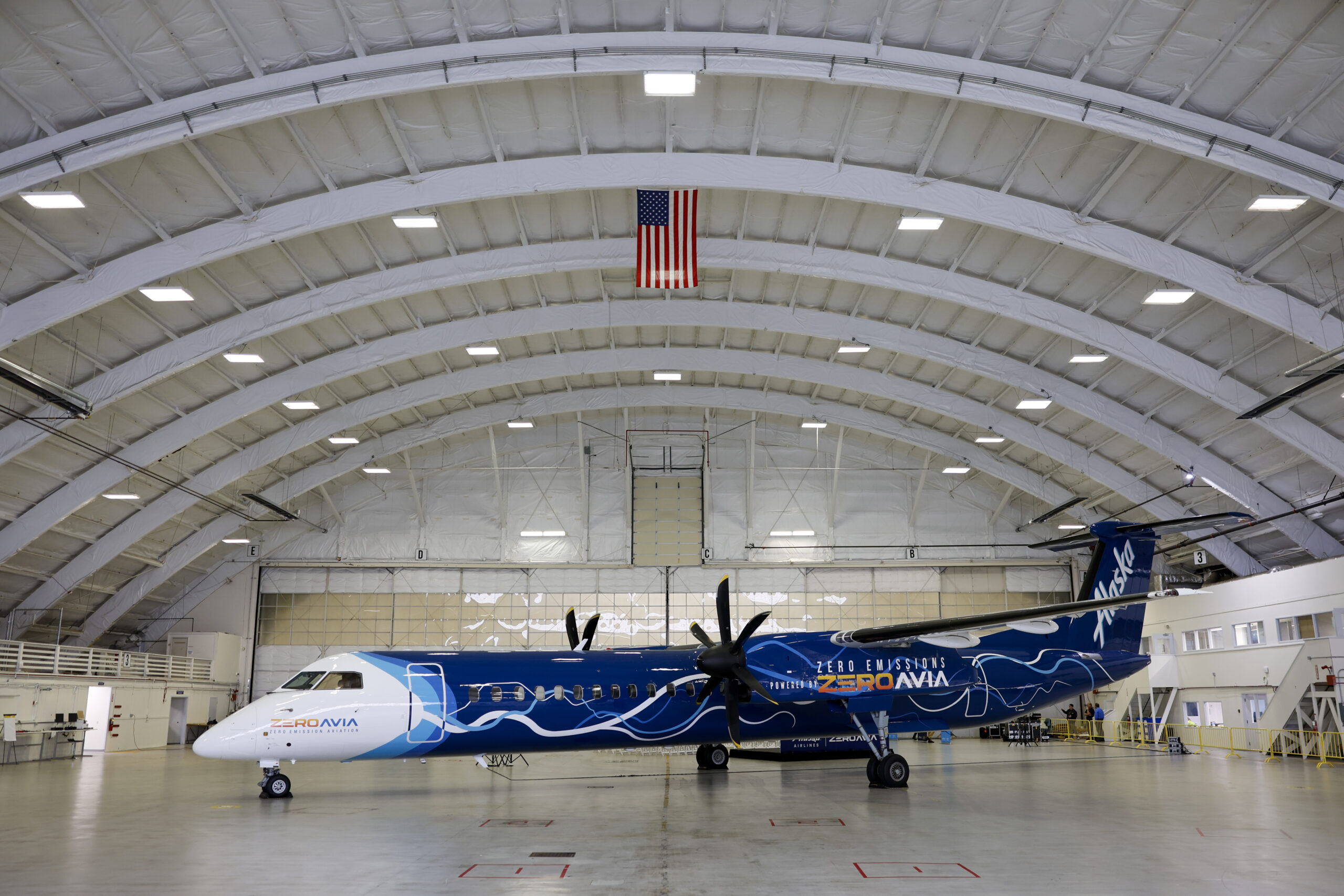
Hydrogen Aircraft
With manufacturers such as Airbus and ZeroAvia expected to commence the rollout of hydrogen aircraft over the next decade, it is crucial that airports do not act as a barrier to realising the environmental benefits of this technology.
As a result, Jonathan Torres, General Engineer at the Federal Aviation Administration’s (FAA) Office of Airports Emerging Entrants Division argued that site specifications for hydrogen usage at airports need to be established. This includes considerations of how aircraft will be fueled and how the hydrogen will be stored and transported, as well as an evaluation of the issues that may arise in different environments.
To help address these requirements, Hemant Mistry, Director Net Zero Transition, Sustainability & Economics at IATA noted that airports and organisations around the world are already working on hydrogen feasibility studies and trials.
For example, during a panel discussion on “Meeting the challenges for hydrogen integration”, Lahiru Ranasinghe, Head of Net Zero at easyJet discussed the airline’s recent trial of a hydrogen-powered baggage tractor at Bristol Airport. Ranasinghe noted that although this trial did not involve aircraft, it marked a crucial step in learning to handle hydrogen fuel in an airport environment.
Indeed, the trial highlighted existing gaps in regulations, such as the lack of government regulations on how to store hydrogen at airports.
Throughout the project, the partners worked closely with the CAA so that the trial was built and designed for purpose with the correct level of risk mitigation. This meant that transferable learnings and processes could be taken from its outcomes.
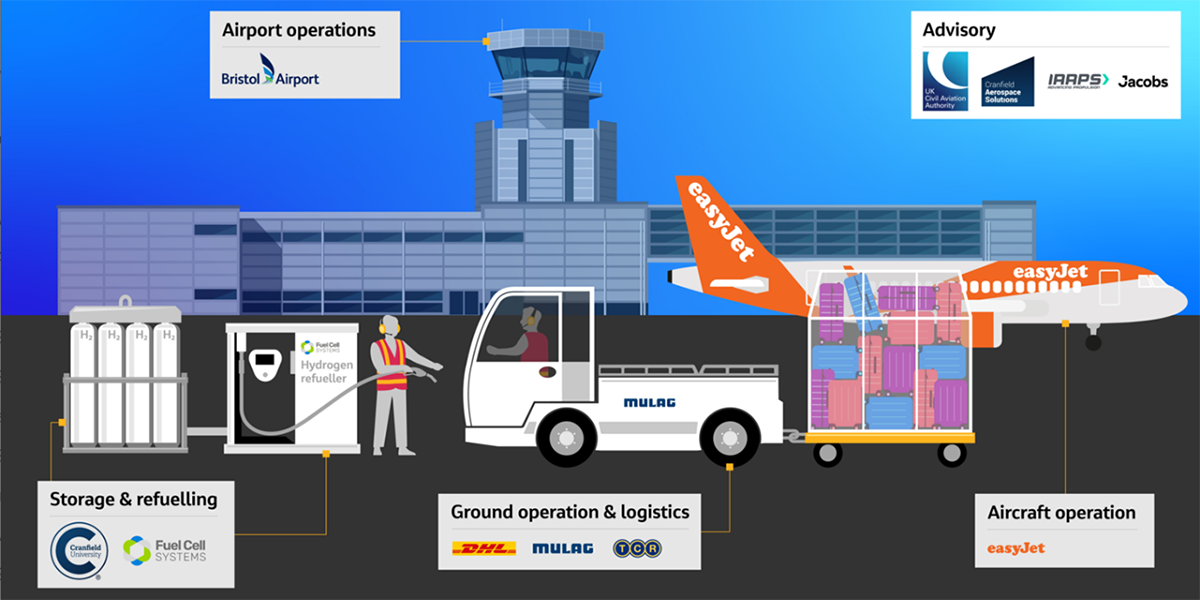
Despite this progress, Matt Prescott, Head of Carbon Strategy at Heathrow Airport expressed several longstanding concerns for the use of hydrogen at airports. This includes space and energy constraints with transporting, storing and distributing hydgrogen around the airport. This is particularly relevant as the hydrogen is expected to arrive as a gas and may need to be liquidised to be used as aircraft fuel.
In recognition of these challenges, Laura Cuss, Programme Director for the Hydrogen Capability Network at the Aerospace Technology Institute (ATI), argued that a strong skill base must be established along with continued fundamental research on this transition.
Laura Cuss said:We need to tackle some of the core research topics. We are talking about fundamentally changing the fuel system, the storage tanks, and how that ultimately gets through to the combustion source. So that still needs a lot of the fundamental research to be brought forward and we therefore need the skill base in the UK. Some of that will come from doing the research, but we also need to actively invest in some skills.
Electric Aircraft
In the mission to decarbonise operations, airports are also likely to have to accommodate electric aircraft, including electric vertical take-off and landing (eVTOL) vehicles. However, this prospect also comes with significant challenges, including infrastructure and energy demands.
To help airports safely adapt to upcoming innovations. Keri Lyons, Manager of the Airports Emerging Entrants Division at the Federal Aviation Administration (FAA) explained how the FAA is providing interim guidelines to expedite rather than stall developments. These guidelines can then be updated as more information is learned. For example, the FAA released design guidelines on vertiport infrastructure for eVTOLs back in 2022.
Furthermore, the FAA aims to incorporate a future-proofed design into its guidelines. Indeed, Lyons highlighted the benefits of installing EV charging infrastructure for ground support vehicles and electric rental car fleets close to the airfield. This enables the infrastructure to be used for ground vehicles today while preparing for electric aircraft in the future.
However, the FAA is encouraging airports to be flexible with these plans, as it is not yet possible to concretely know the type of electric aircraft that may be used on the airfields and thus their compatibility with the charging stations.
Planning Ahead
This need to implement flexibility into future designs was a recurring theme throughout the Sustainable Skies World Summit.
As planning and construction projects continue to progress at airports worldwide, it is essential to ensure this work will facilitate rather than inhibit the rollout of future technologies. However, despite the promising developments in hydrogen and electric drives, the industry cannot know with certainty what the future may hold.
For example, Paul Griffiths, Chief Executive Officer of Dubai Airports spoke of potential future breakthroughs in areas such as fusion technology as an alternate energy source. With developments moving so rapidly, Griffiths noted that if infrastructure is designed solely based on today’s technologies, a project may be outdated by the time it is ready for use.
Paul Toyne, Sustainability Leader / Principal at Grimshaw Architects therefore emphasised that a flexible design is central to making a sustainable future viable.
Paul Toyne said:Good design is at the heart of all of this and that means we need to design for flexibility and understand what functionality might be. For example, the aprons and terminals may need to be extended or shortened, so we need to be able to use modern methods of construction, which will lead to resource efficiency, savings, quality and precision. We need to invest in supply chains to put these bits together and design for disassembly so that we can increase, decrease or change the infrastructure. We have got to be far more nimble and accept that we always know the future is going to be uncertain, but we need to be thinking about how we can design to be adaptable.
Although the industry cannot know which technologies will be deployed at scale in the future, Matt Prescott, Head of Carbon Strategy at Heathrow Airport, argued that the available level of foresight from aircraft manufacturers and regulators remains invaluable. Indeed, with airports required to complete routine maintenance and construction work on the airfield, future provisions can be incorporated into this work, rather than prompting additional costly and time-consuming projects.
Airports are thus already working to prepare for a more sustainable future for aviation. By collaborating as an industry and uniting at events such as the Sustainable Skies World Summit, it is hoped that the challenges to decarbonisation can be overcome, and net-zero targets can be met in a viable and cost-effective manner.




